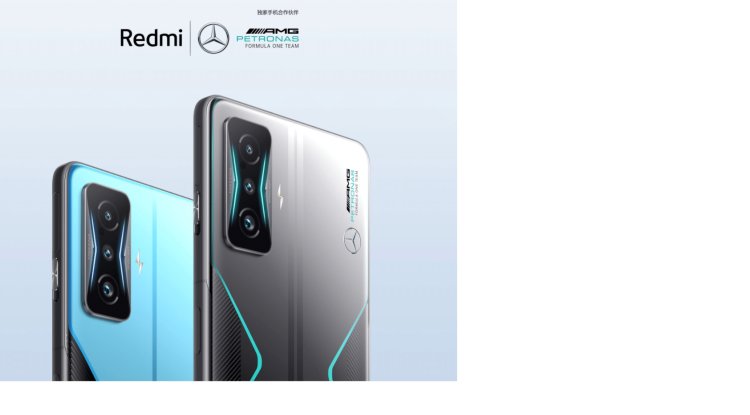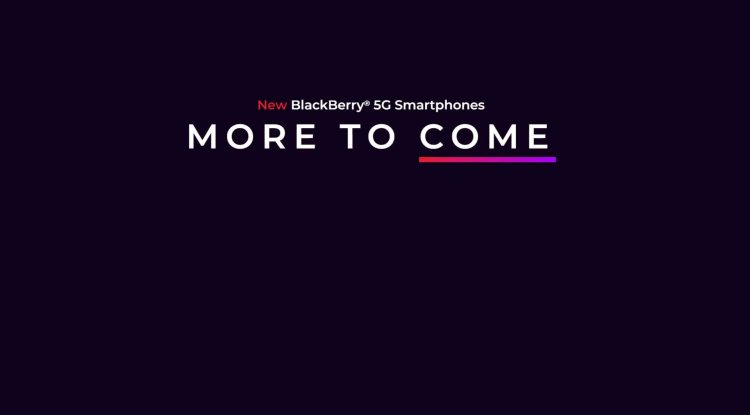Twitter tests what happens when users use downvote
Downvotes are a double-edged sword. They can be useful for tagging comments that do not contribute to the conversation or are offensive or otherwise harmful.

Twitter, long known for the slow and careful evolution of its core product, tweets, is launching a test that would allow users to put downvotes on responses. This is currently just a test for some users
This could significantly change the way the service works. The concept of downvote posts and comments has been a staple of the Internet for decades, appearing on sites such as Slashdot, Reddit and Ars Technica. The concept is simple - users who find a problem with the post can put downvotes. We have learned a lot about the types of answers that you do not consider relevant and we are expanding this test - more of you on the web, and soon iOS and Android will have the option to use answers, said Twitter in a tweet.
Downvotes are a double-edged sword. They can be useful for tagging comments that do not contribute to the conversation or are offensive or otherwise harmful. But they can also be used to harass and stifle conversation. In the current Twitter test, selected users will be offered the option to vote for and against the response to the tweet. Only Twitter and the user who cast the vote can see the negative vote - neither the user who posted the answer nor the one who posted the original, the first tweet can see them. Voices are turned into likes and shown to everyone.
Twitter said it uses the test to gather feedback on what users find useful - in other words, the data collected during the test is likely to be used as training data for its ranking algorithm. Twitter may say that votes against “are not a dislike button”, but it is quite certain that some users will interpret it that way. The company offered some more details, keynotes about this experiment:
- This is currently just a research test.
- This is not a dislike button.
- Your votes against are visible only to you.
- Votes will not change the order of the answers.
Competitive Facebook tested the idea a few years ago but eventually killed the feature before it could be widespread. YouTube, which has long shown both likes and dislikes below videos, hid the dislikes in November after an experiment showed the practice reduced the likelihood of users targeting a dislike video button to increase the number.
While Twitter’s dislike button can improve the quality of conversations on the platform - allowing some users to vote by voting against rather than leaving a nasty comment - it could also have a negative effect. Whether negative voices will ultimately help or harm the quality of Twitter conversations will depend largely on how the company implements this feature. Facebook, for example, added emoji reactions instead of votes against, giving them up to five times more weight than a simple “like” in the ranking algorithm. As a result, engagement has increased, but Facebook’s own research has shown that angry reactions are more likely to occur on toxic content. In the end, the company reduced the weight of the reaction to zero.





































